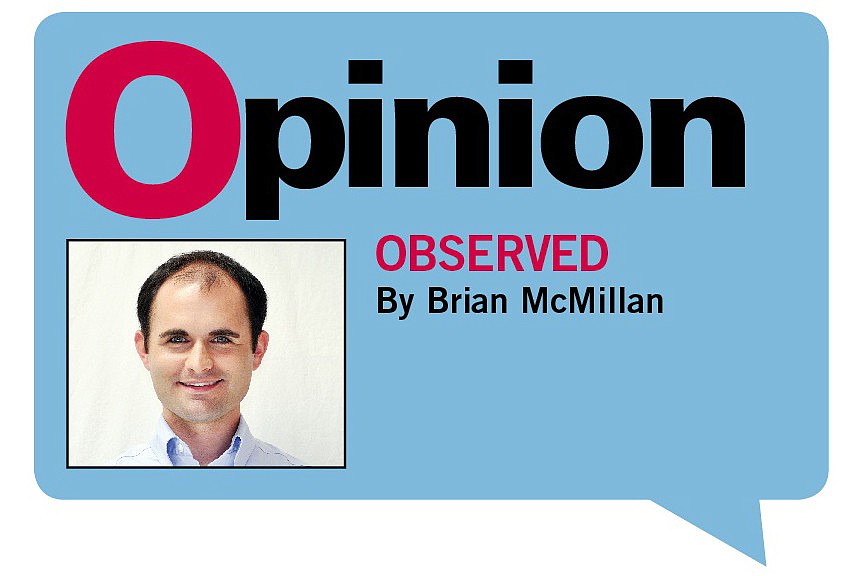- April 19, 2024
-
-
Loading

Loading

Teri Pruden calls herself a “full-time part-timer.” She’s the only paid employee at the Flagler Beach Historical Museum, but her passion for local history — oral histories, in particular — compels her to complement her part-time pay by volunteering.
“As kids, we gathered around with aunts and uncles and cousins, and the stories were hilarious,” Pruden says. “But in my lifetime, we’ve gotten so geographically spread out that we don’t tell the stories. We used to be an oral population, for centuries.”
There is urgency to Pruden’s project of collecting oral histories: Her subjects, the long-time residents of Flagler County who remember life before the Flagler Beach Pier was built, won’t be around forever.
So far, she has conducted 40 interviews in six years; she’d like that number to be more like 100 interviews. She’s also working on digitizing the early newspapers of Flagler County.
OK, Teri. You convinced me. The Flagler Beach Historical Museum is a worthwhile project. But who should pay for it?
The state of Florida?
The museum’s budget is about $40,000 per year, thanks to donors and other fundraising events, but that’s not enough to operate the museum seven days per week and complete the projects Pruden mentions above.
(The city of Flagler Beach gives the museum a generous lease deal: $1 per month, or $120 for a 10-year contract.)
To raise more money, the museum has sought grants. A few years ago, volunteers spent 100 hours working on an application for a state grant. Think of that: 100 hours.
The payoff? $255.
Pruden says the application was for $4,500, but the state cut its cultural grants budget by about 80% that year. Not knowing the payoff would be so meager, the volunteers got to work on the next state grant while they waited for news on the first. They spent dozens more hours and applied for thousands of dollars. In that second cycle, they got $568.
This year, the volunteers have winnowed the process down to 50 volunteer hours. And Gov. Rick Scott’s budget, which was approved last week, confirmed the yield of their efforts: $1,200.
So, in three years, the volunteers have spent more than 200 hours and received $1,978. To be fair, Pruden points out that the grant-writing process has been a useful way to get a report card with feedback on the museum’s operations. Volunteers also use the grant as an annual report for their donors.
But it’s hard to feel good about all those hours being used on a cumbersome process at the state level — especially when Pruden says the museum was able to get $5,000 from the Flagler County Tourist Development Council recently for a much simpler application.
And why should the state pay for the museum, anyway? There is no reason tax dollars from Pensacola or Tampa should subsidize it. After all, do we want our tax dollars paying for the 10-page list of other museums around the state that also got grants?
If we can’t fund our own historical museum, it should close.
The case for the museum
Strictly speaking, a user fee would be the most fair way to fund it. If you walk in and want to learn how Charles Lindbergh visited the area, or if you want to see the baby mastodon tooth that was found nearby, or if you want to see the wooden frame of a historic surfboard, you should pay at the door.
But Pruden argues that, in this economy, it’s great to be able to offer something free for families to do. On First Fridays, the museum sometimes attracts 75 people.
It also serves as a visitors center for the city and the county. The museum is open every day, from 10 a.m. to 4 p.m., and of the 6,800 people who visited it last year, half were from out of the county. That’s one reason it makes sense for the TDC to contribute.
About 30% of the museum’s $40,000 annual budget comes from membership dues. Individuals can become members for as little as $12, and $100 gets you a link on their website; $500 gets you “Gold” status. There are about 200 active members, with another 130 who are not current on their dues.
(Incidentally, if the volunteers spend the next 200 hours trying to elicit donations of $50 from those 130 members who have committed in the past, they could raise $6,500.)
Another 33% of the revenues come from events and individual fundraisers, such as the annual costume gala. (Call 439-6262 to ask about becoming a sponsor of the gala.)
But Pruden doesn’t like to talk about money. Her passion is oral histories. (She and her husband also have a company called Memory Lane.)
“These are the things I wish I was working on, instead of out pounding doors, asking for money,” Pruden says. She adds: “We need to learn as much as we can before we lose them.”
To support the museum (and keep the state out of it), write a check to Flagler Beach Historical Museum and send it to P.O. Box 2136, Flagler Beach, Fla., 32136. Or better yet, stop by and meet Pruden and Catherine Wilson, president and founder of the museum. She’s the granddaughter of the Wicklines, the second family to come to Flagler Beach, in 1913.
She says the museum is invaluable to the community: “It shows where we came from, how we’ve existed and how we’ve grown to be what we are now.”